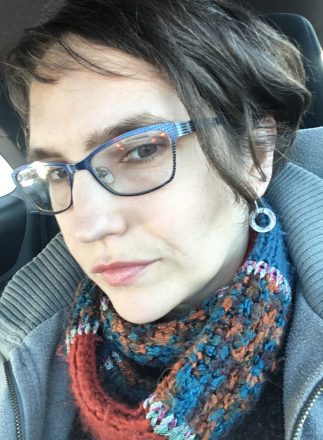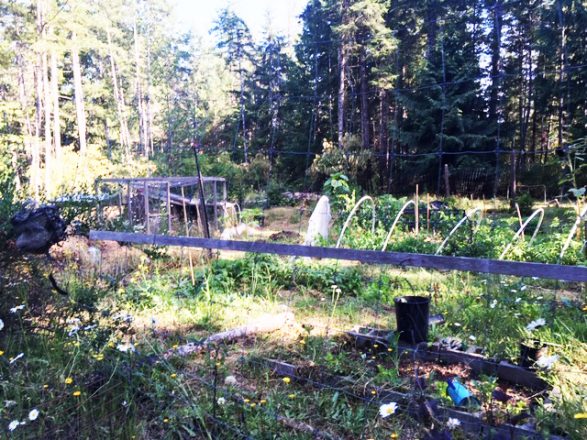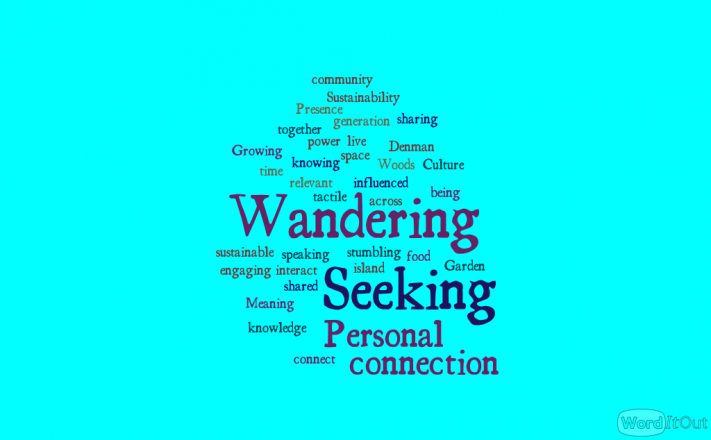Designing Aligned Learning Experiences
Create 2-3 intended learning outcomes for an area of knowledge or skill within your area of expertise or training. Then create a learning activity (or two) aligned to one or more of those intended learning outcomes.
Learners in this course will:
- Develop an appreciation of the multi-faceted ways in which interpersonal communication is used in personal and professional contexts;
- Develop an understanding of key interpersonal communication approaches – recognizing the importance of context and connection.
- Become empowered to seek out areas of personal growth and change agency within interpersonal communication endeavours.
The first activity asks students to describe three different scenarios in their own lives (with names/ identifiers removed for confidentiality purposes) in which interpersonal communication was seen as highly effective – related to work, personal or family relationships, etc. They will reflect on these scenarios in writing, grappling with the following question: What components of the interaction made this communication effective? Students will be then asked to do the same exercise, but to describe instead scenarios in which interpersonal communication was seen as lacking. What elements were seen as lacking, and how could the communication have been improved?
The next part of the activity involves an introduction to the ‘four factors of interpersonal communication’ described as follows by Joe Ricker. With these tools in-hand, students will be asked to break down, in a written statement, one of their above-mentioned ‘positive’ and ‘negative’ interpersonal communication scenarios, reflecting upon these within the context of the four factors – cultural, situational, developmental, physical.
Students will then report out on their reflections, and will be invited to engage with each others’ scenarios through facilitated group dialogue. Through this process, students become aware of a multitude of factors that impact upon interpersonal communications. While not all factors can be controlled, students will be invited to look at those factors over which they as individual agents have control, and to consider ways in which they might extend influence over these.
Through this activity, learners gain an appreciation for how diverse and multi-faceted interpersonal communication is, and of the many factors that influence it. They also begin to grapple with their own interpersonal communication approaches, and to become empowered in their own communicative agency.



